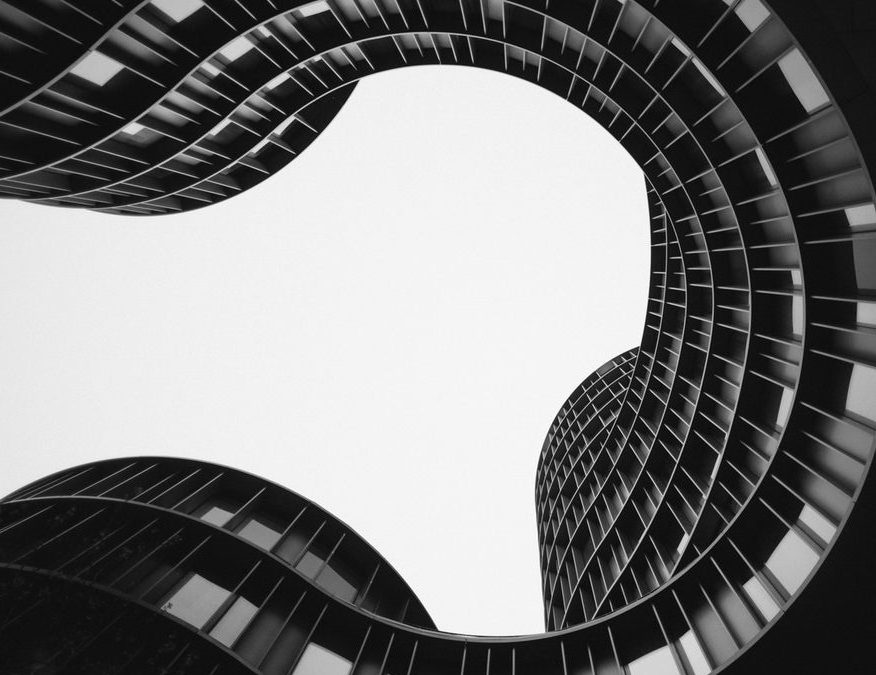The Fascial Manipulation Method is a publication featuring actual case reports. This publication is dedicated to the deepening our understanding of the common dysfunctions we encounter in our clinical practice, how they present and how they can be treated with Fascial Manipulation. Professionals tell us their cases, accurately describing the patients symptomatology, the working plan they have chosen and the results obtained due to the treatment. The names of the patients have been modified for privacy reasons
Clinician: Argiolas Luigi
The fascial system is a complex structure with the purpose of connecting tissues, muscles, organs, apparatus and systems. Yoga is an ancient philosophical doctrine which aims to allow us to submit to the dominion of consciousness and the psychic and physiological processes that take place outside of it.
Two worlds therefore with a common denominator: to achieve a reintegration of the complexity of the human being who can explain how it works.
In this sense, the fascial system, organ of posture, becomes the fundamental structure to understand yoga, a very rich discipline which, developed in the three planes of space, stimulates the fascial tissues—organized in sequences, diagonals and spirals—to function in an optimal way.
FM is the method that can make this partnership even deeper, improving the athletic performance of yogis, allowing them to achieve a finer awareness of functioning of the fascia, gradually generating an optimal state of health for the organism, understood as comprising the psyche and the soma.
The reflection that inspired this works the seeking of the answer the questions to whether, actually and concretely, FM can affect the improvement of performance in precise planes of movement and whether this improvement is objectively measurable. The sagittal plane in the anterior flexion motion of the spine was examined. Using a sample of 20 subjects, homogeneous for age, eating habits, training frequency and flexor capacity of the trunk in the sagittal plane, we want to explore wether or not the group of athletes undergoing FM treatment showed a more significant improvement in anterior flexion than the group of athletes who do not receive the treatment.
The study was organised as follows:
The forward flexion of 20 athletes was measured with the Sit and Reach Test. The hand-foot distance measured in 6 athletes had an excellent average value of 17.58 cm (group A), while the measurement taken to the remaining 14 yogis reported a good average value of 14.35 cm (group B).
Among these 14 athletes in Group B, we selected the yogis with the least restriction on sagittal plane in order to form the control Group B2 (mean value in anterior flexion equal to 15.07 cm), while yogis with greater limitation, even if slight, formed group B1 (average value in anterior flexion equal to 13.64 cm). Group B1 is the one subjected to treatment with FM. The athletes of Group B1 underwent 2 to 3 treatments at intervals of 15/20 days and, throughout this period, continued to maintain the same habits of daily life. One month after the last FM treatment, the athletes were tested again with the Sit and Reach Test. The value average obtained this time 16.07 cm.
Comparing this last measurement of Group B1 with the mean value of the control Group B2 we can see that there was an increase, by Group B1, of anterior flexion on the sagittal plane equal to 1 cm.
We can therefore say that FM has given more fluidity to the fascial sequence of the back, improving the athletic abilities of the yogis.
B1V.m. = 16.07 B2V.m. = 15.07
Anamnestic data Group B1. Last FM treatment:
Deborah: Back pain. AEN treatment: er-lu bi; re-la lu rt; re-la pv rt; re-la ta1 rt
Angelo: Coxalgia. Locomotor treatment: ir-cx rt; er-cx rt
Maddalena: Low back pain. Locomotor treatment: la-lu rt; la-pv lt
Valentina: Gonalgia. ADI treatment: re-la lu rt; re-la pv rt; re-la cx rt; re-la ta rt
Alessandro: Low back pain. Locomotor treatment: er-pv lt; er-ta lt
Simonetta: Back pain. ARE treatment: re-hu rt; re-cu rt; re-di rt
Giuseppe: Low back pain. AUN treatment: re-me lu1,2, bi; re-me pv1 bi; re-me ta bi

